Checklist: "Where is the chain's hidden profit?" Part 2.
It is well known that profit in retail is an indicator that is formed as a result of the interaction of revenue and expenses. Therefore, to increase it, the chain owner needs to look for two options:
- to raise income;
- to reduce cost.
In the previous article, we reviewed the checklist for blocks aimed at identifying unused reserves for income growth.
The purpose of this article is to form a checklist for blocks related to the expense part of retail work:
- managing the cost of sales;
- employee salary management;
- costs of marketing;
- lease costs and maintaining retail space costs.
Expenses as a concealed source of chain profit increase
Modern retailers are almost deprived of the opportunity to compete by reducing prices and giving up their margins. Therefore, a significant emphasis should be placed on reducing costs.
Reducing costs even with constant revenues will provide the chain with more profit. Therefore, by reducing costs, retailers can:
- offer customers goods with lower prices without sacrificing their margin;
- increase the popularity of the chain and the number of customers due to favorable prices;
- improve competitive position in the market;
- increase profits and business dynamics.
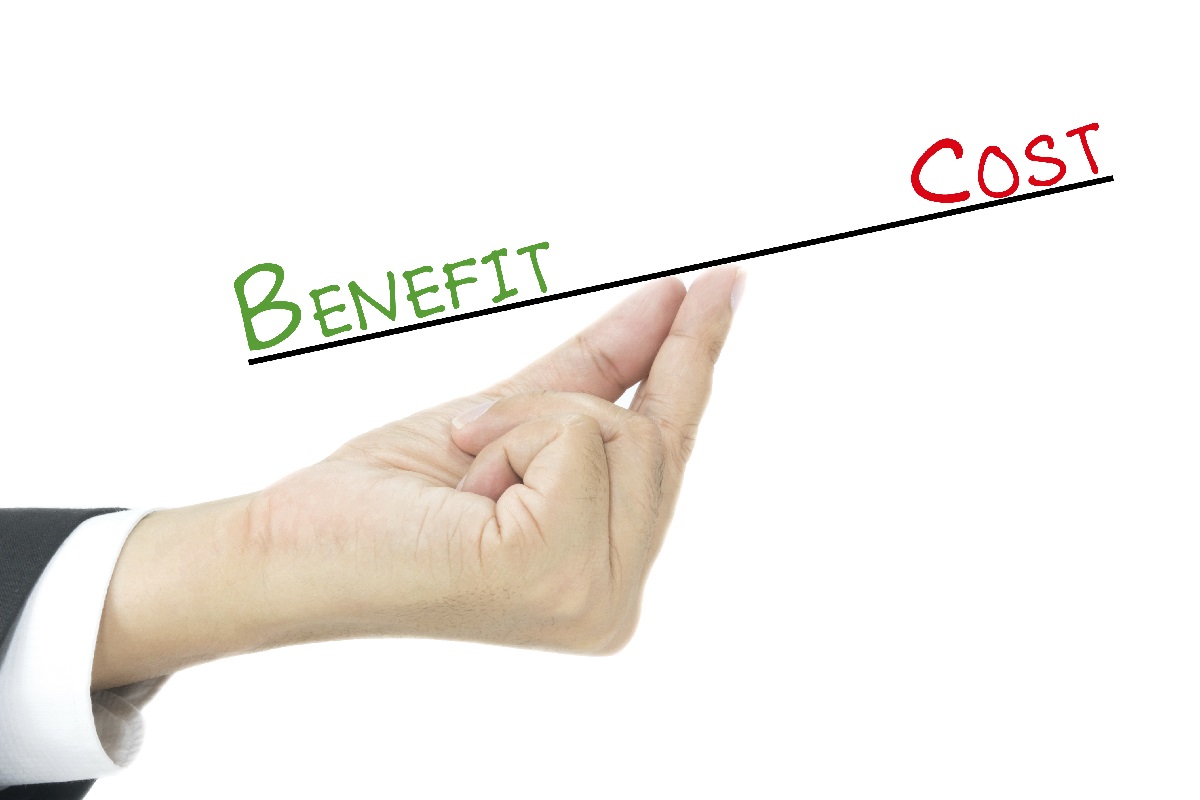
How can you reduce costs in retail?
Trade chain expenses are the amount of money spent on maintaining the normal operation of stores (cost of goods, lease costs, staff salaries, packaging, advertising costs, etc.).
Let's figure out where you can find reserves for their reduction.
Managing the cost of sales:
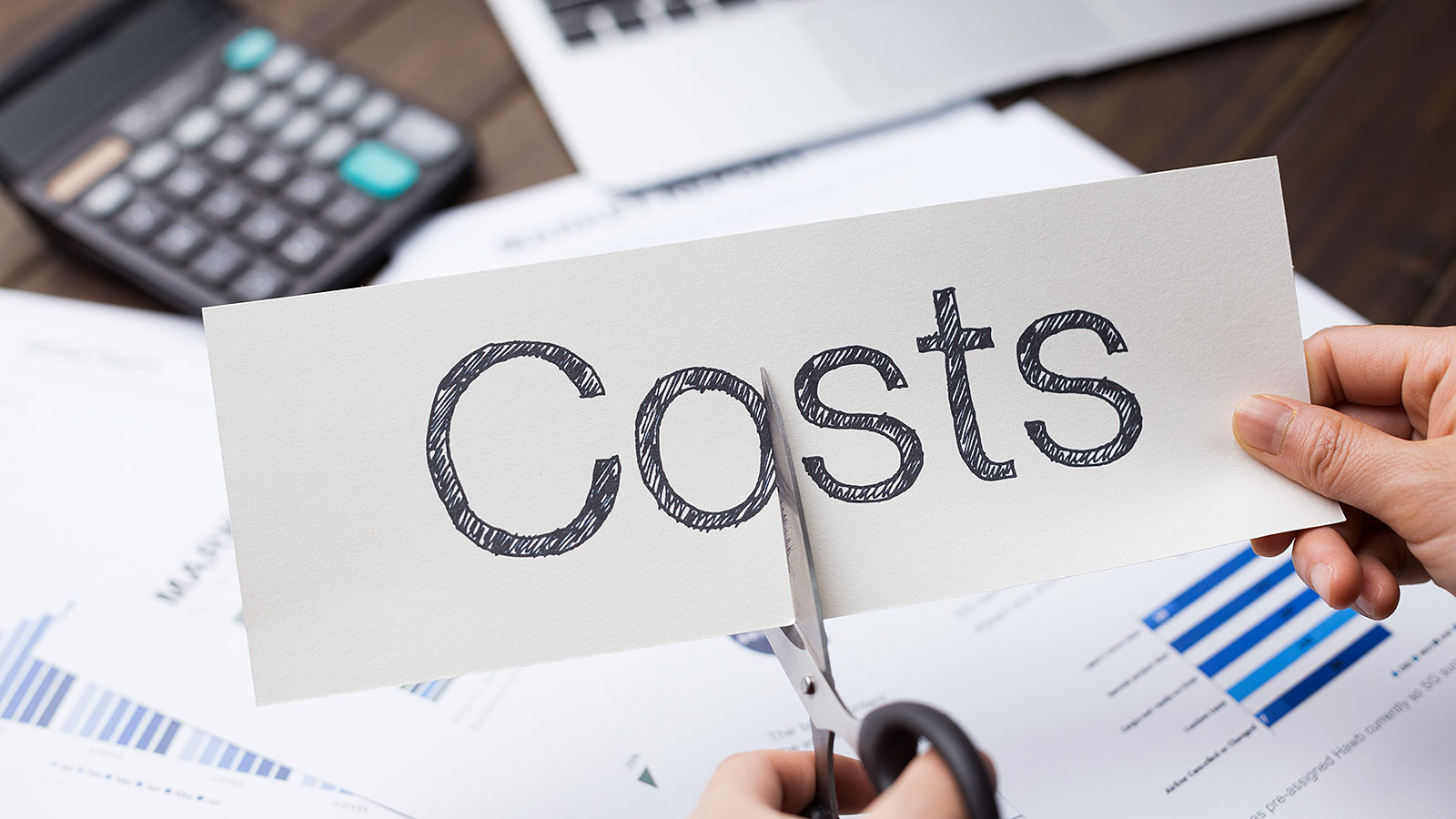
# 1. Do you analyze the dynamics of purchase prices?
The cost of goods is the most significant expense component in retail. Therefore, it is very important to analyze what prices are paid when you buy goods, and how they change.
✅ Yes – Great! The next step is analyzing the pricing policy of other suppliers of similar products.
❌ No – This analytic area allows you to understand how the pricing policy of your suppliers has changed and how it has affected your sales performance. At this point, you can calculate the best price for each item using the Recommended Pricing report and determine if the current cost of goods provides the desired margin.
Expert recommendation! The cost of purchasing goods should not exceed 40-50% and less of the turnover. I.e., the selling goods price should be twice the purchase price. To achieve this, you need to carefully plan the assortment to reach an average margin of 100%.
# 2. Do you estimate the shipping costs?
Shipping costsincrease the cost of your goods. As the experience of global companies shows, transportation costs should not exceed 1% of the purchase price.
✅ Yes – Great! This will help you control additional costs for the goods and identify their growth on time.
❌ No–Such data will allow you to understand whether it is profitable for you to order from a supplier. Perhaps, you should look for an alternative method of delivery or change the supplier to a local one, taking into account the significant distance of transportation.
# 3. Do you assess the reliability of your suppliers?
Timely delivery in agreed quantities and prices is an important step to reducing costs. To analyze the reliability of supply, it is reasonable to study the indicator "Security of supply".
✅ Yes–This is a very good practice that TOP retailers use.
❌No–Supply security analysis will identify unreliable suppliers with whom cooperation should be limited to avoid additional losses.
# 4. Do you control the quality of the supplied goods?
Quality of goods is an important characteristic that can significantly affect the chain's costs. An indicator of low-quality goods is the number of returns of purchased goods. Therefore, for this area of analysis, it is useful to count indicators:
- Quantity and cost of written-off goods;
- % of write-offs in the total value of goods;
- Cost and number of returns by customers;
- % of customer returns in total turnover.
- Cost and number of returns to suppliers;
- % of returns to suppliers in the total value of goods.
✅ Yes – Great! This technique is the key to success in inventory management, which will minimize write-offs and improve the chain's reputation. In the future, these indicators should be considered for each supplier. If the share of low-quality goods is high, cooperation with this supplier should be interrupted.
❌ No – The implementation of an analysis of the quality of the goods will allow the chain to avoid undesired losses and customer churn.
Employee salary management :
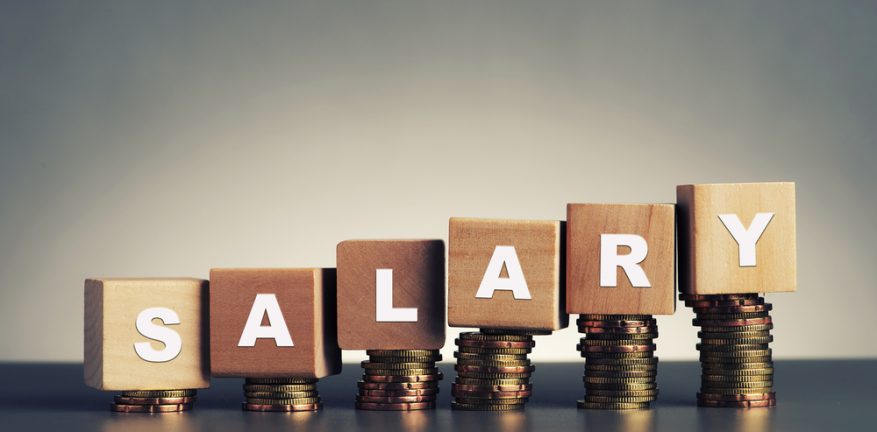
# 5. Do you analyze the productivity of your staff?
The productivity of employees is proof of the expediency of expenses on their salary. Therefore, it is important to set KPI for each group of employees and evaluate their achievements.
✅ Yes–Brilliant! This allows you not only to record labor efficiency, but also to find "weaknesses" and motivate staff to better results.
❌ No– Formed KPIs should take into account the specifics of the employee's work, experience, and skills.
# 6. Do you analyze the number of employees per sq. ft. of retail space?
Labor costs are directly related to the number of employees.
The number of employees depends on the specifics of the business and is calculated per sq. ft. or per number of visitors.
✅Yes–This is an effective practice that most leading retailers use.
❌No–Analysis of the number of staff and comparison with the established norm will significantly reduce labor costs.
Expert recommendation!The optimal is 1 worker per 85 sq. ft. or 1 worker per 50 visitors per day. But you should take into account the features of the chain.
# 7. Do you analyze the structure and dynamics of labor costs?
Labor costs include salary, bonuses, additional payments, and compensation. Understanding how these costs are formed will make it possible to find irrationally spent money and reduce their amount.
✅ Yes–Excellent! This is a really important step to optimize labor costs.
❌ No – Such data will allow you to understand where the company is overspending and find ways to optimize labor costs.
Expert recommendation! Leading trading companies try to keep the payroll within 10% of turnover.
# 8. Do you track the dependence between changes in staff productivity and labor costs?
Ideally, staff productivity should grow faster than salary. It is reasonable to conduct a comparative analysis of these indicators, to predict the payroll with possible changes in staff productivity.
✅Yes – Great! This is an effective practice used by leading retailers.
❌ No – Good salary management will help you keep your staff motivated and avoid overspending.
Costs of marketing:
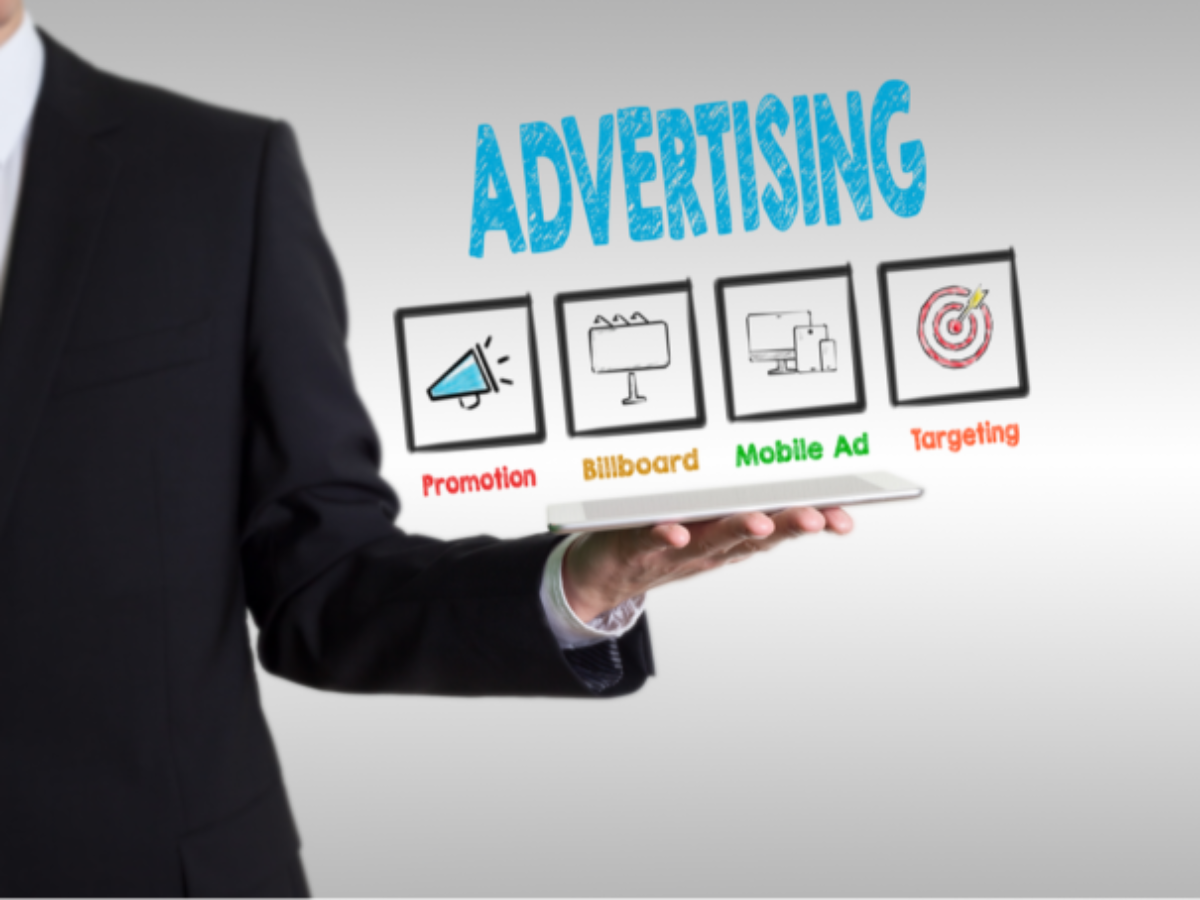
# 9. Do you analyze the structure and dynamics of advertising costs?
Advertising and related marketing costs are a necessary component of every chain's retail activity. But you must understand exactly how much money is spent on advertising, how marketing costs change over time, and what their share is in turnover.
✅ Yes - Excellent! This technique is the key to success in marketing management.
❌ No - Conducting a detailed analysis of advertising costs will allow you to spend money reasonably and profitably.
Expert recommendation! Advertising costs should be about 5% of turnover. If the company does not have the opportunity to invest 5% in marketing campaigns, then the minimum amount of such investments should be at least 1.5%.
# 10. Do you evaluate the effectiveness of advertising costs?
Advertising costs should bring the desired benefit - increased profits. It is necessary to constantly analyze the effectiveness of such costs, and calculate special coefficients, such as ROI.
✅ Yes–Great! So you understand how much profit each promotion brought: what actions should be continued to do and which should be stopped.
❌No – The use of advertising cost-effectiveness analysis will identify inefficient costs and minimize them in the future.
Lease costs and maintaining retail space costs:

# 11. Do you analyze the dynamics of the lease costs?
Lease costs- rent, utilities, etc. Evaluating these costs and tracking their changes will allow you to understand how acceptable they are for your business.
✅ Yes–Good! It is difficult to influence these costs, but it is very important to understand how much you spend on maintaining retail spaces and whether your business can cover these costs.
❌No–The application of lease cost analysis is a necessary component for the strategic management of retail.
Expert recommendation!Utility bills should not exceed 1.5% of the store's turnover.
# 12. Do you evaluate the effectiveness of the lease costs?
Lease cost should be efficient. I.e, they should be covered by the desired amount of profit.
✅ Yes–Great! A cost-effectiveness assessment of the maintenance of the retail space shows you how promising the business is, and whether the location or landlords should be changed.
❌ No–Implementing a lease cost-benefit analysis will allow you to form a strategy for further actions and assess the prospects for your business.
Expert recommendation! Each sq. ft. must bring at least $1,500 annually. Only in this case, the costs of rent and utilities can be reimbursed.
Conclusion
The proposed checklist will allow you to identify "weaknesses" and find possible options for reducing costs, and, as a result, increasing profits.
If you want to conduct the described analytical actions quickly and without mistakes, we recommend using the reports of the Datawiz BES platform for retailers. Algorithms AI allow you to generate accurate indicators, process a huge amount of data, and reveal the results of calculations in an understandable format. So you get insights from your data, reduce the time for analysis and make effective business decisions quickly.
 What's new?
What's new?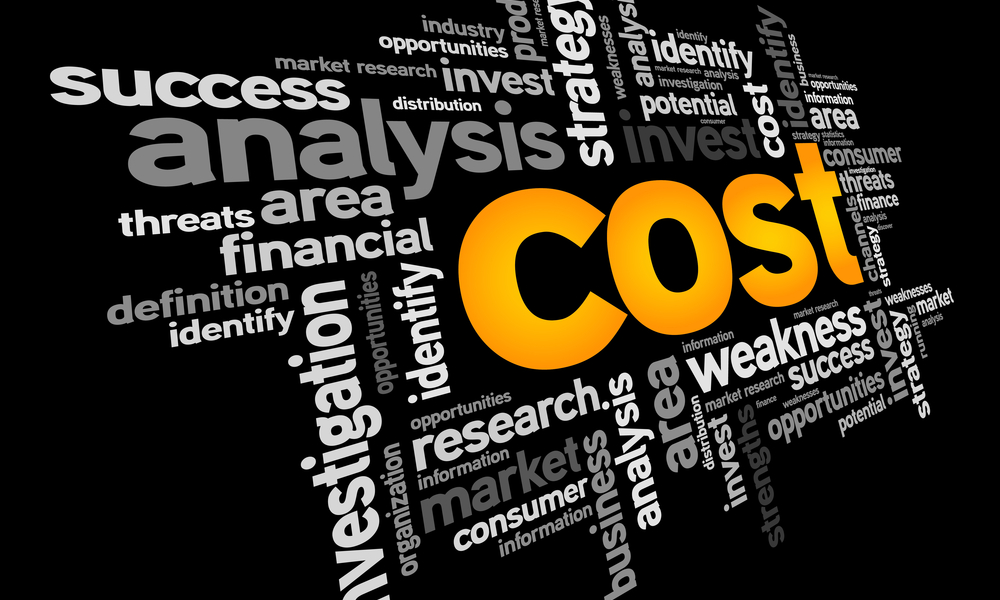


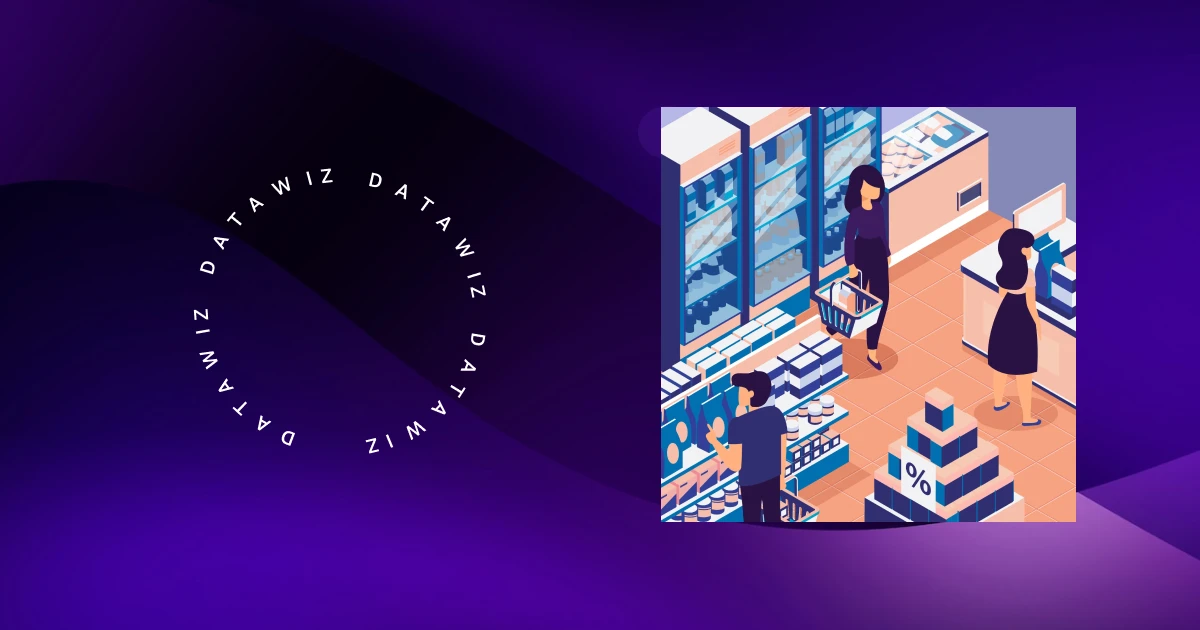
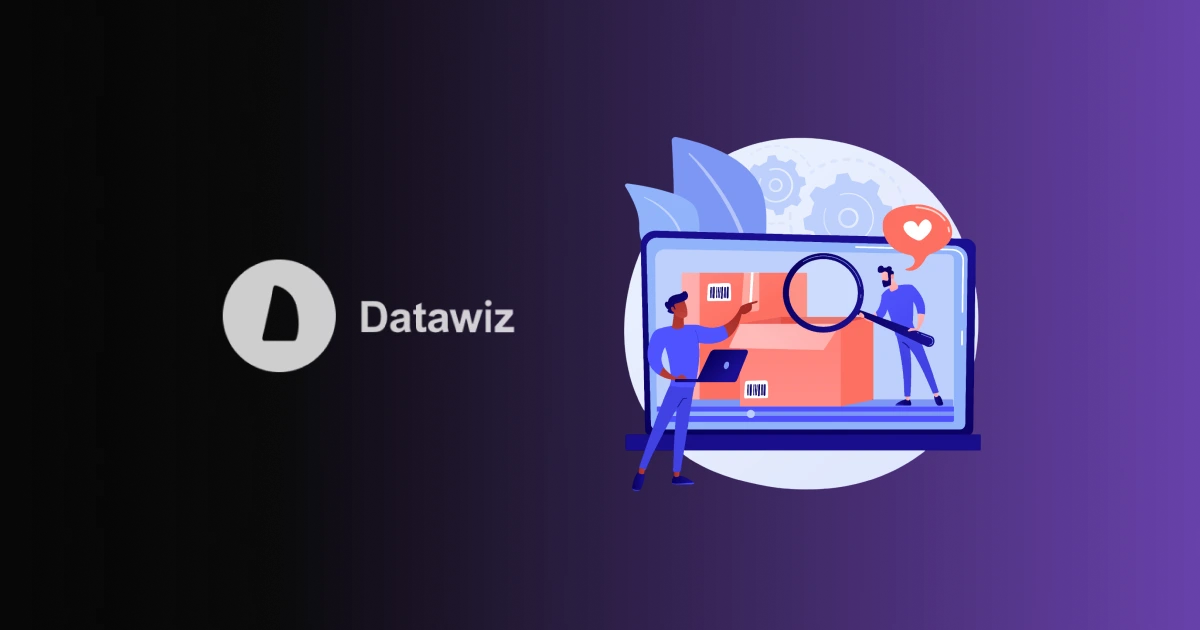

 No credit card required
No credit card required